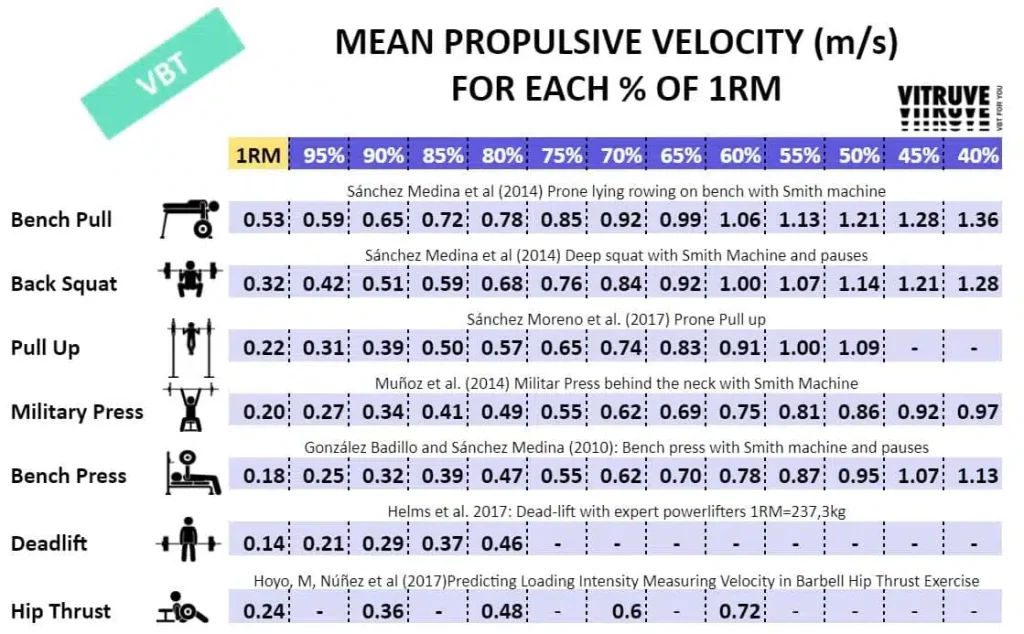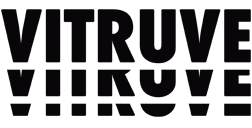3 de June de 2025
The History and Evolution of Strength & Conditioning
Strength and Conditioning (S&C) has evolved from rudimentary strength practices rooted in ancient civilizations to a data-driven science that powers elite athletic performance. Today, strength coaches rely not only on training principles but also on technology like Velocity-Based Training (VBT) to fine-tune every lift and sprint. This article explores the history and transformation of S&C and shows how modern coaches can integrate tools like Vitruve’s VBT device and app to maximize athlete development.
Origins of Strength and Conditioning
The foundations of strength training date back to Ancient Greece, where athletes used stones, logs, and bodyweight to build physical capacity. The legend of Milo of Croton—a wrestler who carried a growing calf on his shoulders daily—represents an early application of progressive overload, a concept still central in modern training.

In the Middle Ages, strongmen lifted stones or anvils in feats of raw power. However, it wasn’t until the 19th and early 20th centuries that structured physical culture emerged. Eugen Sandow, often regarded as the “father of modern bodybuilding,” brought physical development into the mainstream.

The Birth of Modern S&C
The mid-20th century marked a turning point. Olympic weightlifting became more organized, and coaches began systematizing training. In the 1950s and 60s, Eastern Bloc countries pioneered periodization—organizing training into cycles—to enhance performance outcomes.
By the 1980s and 90s, S&C had grown into a specialized field. Universities developed Exercise Science programs, and professional teams hired dedicated S&C coaches. Training shifted from general fitness to sport-specific preparation focused on movement quality, injury prevention, and peak performance.
Technology’s Role in Modern Strength & Conditioning
The 21st century ushered in a wave of innovation in training technology. Wearables, force plates, GPS trackers, and motion sensors offered new insights. Among these, Velocity-Based Training (VBT) emerged as a transformative method.

What Is Velocity-Based Training?
VBT is a method that uses movement speed to guide load, intensity, and fatigue management. One of its key advantages is the ability to estimate an athlete’s real-time %1RM without the need for daily one-rep max testing—since an athlete’s true 1RM can vary from day to day due to fatigue, recovery, and other factors.
By measuring movement velocity, VBT allows coaches and athletes to determine the relative intensity (%RM) of each lift instantly. This makes training more precise and adaptable. The following table provides reference values of %1RM by exercise, based on typical movement velocities, offering a practical guide to implement VBT effectively.

Learn more about the method in our Velocity-Based Training: Ultimate Guide.
Why VBT Matters in the Evolution of S&C
VBT allows coaches to:
- Track fatigue in real time and adjust volume accordingly
- Optimize load for power, strength, or speed adaptations
- Individualize programs for athletes at different levels
- Increase athlete engagement and intent during lifts
VBT bridges the gap between traditional coaching intuition and real-time feedback, making strength work more precise and adaptable.
The Vitruve Encoder and App: Tools for the Modern Coach
At the forefront of VBT integration is the Vitruve Encoder. This compact linear position transducer attaches to a barbell or cable and measures bar speed with precision. The data is instantly transmitted to the Vitruve App, where coaches can:
- Monitor mean and peak velocity for every rep
- Track progression over time
- Create customized athlete profiles
- Access and store all training data in one place
Explore the Vitruve VBT Device and how it integrates into high-performance environments.
From Stone Lifting to Smart Training: What Coaches Need to Know
Strength and Conditioning continues to evolve—from ancient strength feats to today’s smart training systems. To stay ahead, coaches must combine foundational principles with modern tools:
- Embrace progressive overload and movement quality
- Use periodization to plan long-term adaptations
- Implement VBT tools like Vitruve for real-time insights
- Focus on sport-specific transfer and injury resilience
By doing so, S&C professionals can deliver programs that are not just effective but also personalized, adaptive, and measurable.
Final Thoughts
The history of Strength and Conditioning shows a consistent theme: progress driven by innovation and refinement. With tools like the Vitruve VBT device and app, coaches can honor the past while embracing the future. Whether you’re training high school athletes or elite professionals, integrating Velocity-Based Training elevates your program from good to elite.
Learn more about programming principles in our guide to Strength and Conditioning Programs.
